USDA Hitting Food Supply Chain with Cattle Surveillance and A Level-4 Animal Disease Laboratory
Remember the days when you thought chipping a cute little kitten you rescued from an animal shelter was super convenient, in case the little guy ever strayed? How innocent it all seemed. It was such a grand idea that “activists” pushed so hard for. Fast forward a couple decades and it’s easy to see where this was all headed, and right now, the cattle are being targeted and humans aren’t far behind. Coincidentally, RFID (radio frequency identification) chips were piloted on cattle in three states, one of which is about to get a level-4 biosafety laboratory.
Microchipping pets was introduced in 1986, though DARPA had long been working with microchips prior to that. By 1996, ISO standards were created so that all microchips would be compatible with the same scanner. So in 2003, when a single cow was determined to have bovine spongiform encephalopathy (mad cow disease) in Washington state, the USDA set out to develop a national identification program by 2008-2009. That following year, APHIS (Animal and Plant Health Inspection Service) launched NAIS, a program between state and local government and the livestock industry to trace, manage and eradicate animal disease. To date, there have only been 6 cases of mad cow in the US, but that could all change with a new BSL-4 laboratory being built in Kansas.
Things were moving quickly in the world of microchipping. In 2004, the FDA approved an implantable RFID chip with a 16 digit identification number, to access medical records. The Verichip, manufactured by Applied Digital Systems, provides access to a persons medical records, personal information, family contact info, and insurance. By 2006, the Data Privacy and Integrity Advisory Committee to the Secretary and the Chief Privacy Officer of the Department of Homeland Security prepared a report on ‘The Use of RFID for Human Identity Verification,’ concluding that they had “concern that the deployment of RFID-enabled systems represents the potential for widespread surveillance of individuals, including US citizens, without their knowledge or consent.” Certainly, this administration will have differing views on that since tracking and surveillance is the name of their game.
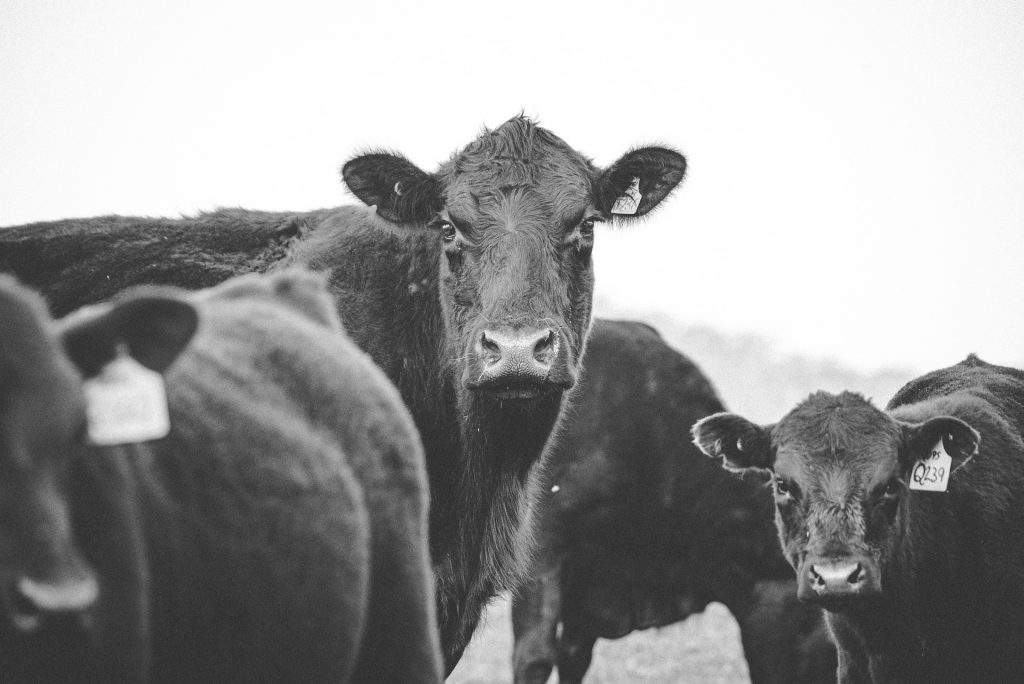
In 2007 the USDA approved Digital Angel’s RFID chip for equine use. The Bio-Thermo LifeChip contains a passive transponder that can be read by an ISO-compliant reader. That same year, the USDA purchased $600,000 worth of RFID tags for cattle, from Digital Angel.
Despite the RFID tags being a voluntary program at that time, Michigan decided to make it mandatory “to aid efforts in eradication of bovine tuberculosis,” though it is so rare today, it only occurs 7 times per 1 million cattle herds on an annual basis.
Just last year, APHIS awarded contracts to provide up to 8 million RFID chips to cattle and bison producers.The contracts were awarded to: Allflex (Dallas, TX), Datamars (Temple, TX), and Y-Tex (Cody, WY). “USDA continues its commitment to protecting our Nation’s animal agriculture by increasing traceability in the cattle and bison sectors, in this case by providing free RFID tags to interested producers,” said Under Secretary for Marketing and Regulatory Programs Greg Ibach. “This will not only help offset the costs of switching to RFID tags, but also help us more quickly respond to potential disease events.”
They also state that the “USDA believes that RFID devices will provide States and the cattle and bison industries with the best opportunity to rapidly contain the spread of high economic impact diseases. Use of RFID tags better positions the livestock industry, State and Federal veterinarians to accurately and quickly trace animals exposed or infected with potentially devastating diseases before they can do substantial damage to the U.S. livestock industry.“
Why the hard push? It sounds eerily familiar. What diseases are they so up in arms about that haven’t been able to be traced by the identification ear tags worn by cattle for decades? Is it the 6 mad cow cases the US has seen?Foot-and-mouth disease (FMD) was eradicated in the US in 1929. It is a highly contagious viral disease which can spread quickly causing illness in cows, pigs, sheep, goats, deer, and other animals with divided hooves. It does not affect horses, dogs, or cats. Though it’s been eradicated, if the virus were to surface, a single detection could stop international trade completely and cause grave economic consequences. Knowing this, they have still chosen to move the BSL-4 animal disease research laboratory, who has these virus samples for study, from Plum Island NY to mainland Kansas. More on this below.
The USDA and APHIS were pushing hard for mandatory RFID tags on cattle, but they were met with resistance, so they backed down for a short stint on making them mandatory and APHIS released a statement saying they will encourage the use of RFID devices through financial incentives and will revisit this for future requirements. It’s reminiscent of how the Covid injections are being incentivized and pushed with vaccine id passports.
On March 23, 2021, the USDA announced its intent to pursue rulemaking on RFID use in animal disease traceability by 2023. In other words, they’re not giving up. They have a big plan that needs to be carried out. Many livestock producers are not on board with this agenda. The Billings, MT cattlemen’s group known as R-CALF, represented by the legal nonprofit New Civil Liberties Alliance (NCLA), is fighting the RFID technology in a federal court in Wyoming. The NCLA’s latest court document states “This case comes down to whether the U.S. Department of Agriculture and its subagency, the Animal and Plant Health Inspection Service (collectively “USDA”), either “established” or “utilized” two advisory committees within the meaning of the Federal Advisory Committee Act (FACA)” and that they “failed to comply with the statutory requirements of the Federal Advisory Committee Act (FACA).”
The NCLA alleges that one advisory committee, the Cattle Traceability Working Group (CTWG) was formed in 2017 with the intention of transitioning to mandatory RFIDs that would be further achieved by creating an industry-led task force to provide “technical advice” and support. The other advisory committee in question is called the ‘Producer Traceability Council’ (PTC), which consists of only pro-RFID individuals, was established in the spring of 2019 after the CTWG was ultimately dissolved due to disagreements over RFID eartags within the committee, according to NCLA. Joe Leathers, manager of the 6666 Ranch in Texas, and Chuck Adami with Equity Cooperative Livestock Sales Assn. are the PTC’s co-chairs.
The NCLA insist that the CTWG and the PRC are federal advisory committees covered by FACA, and the USDA failed to comply with procedures required by FACA for those committees. According to NCLA, the USDA established the committees without first filing a charter, failing to abide by FACA’s meeting, public access, disclosure, and balanced representation requirements.
They also contend that the USDA is in violation of the 2013 Final Rule. In 2013, the USDA issued a Final Rule confirming that cattle and bison producers need not use RFID eartags and could instead use brands, tattoos, metal eartags, group identification numbers, or backtags. The RFID chips would allow tracking of the cattle with an identification number, GPS location, and date and time. R-CALF says that there is a “hidden mandate” in the APHIS proposal requiring cattlemen to register their premises and obtain premise ID numbers. “Current regulations do not require a producer to register his or her premises as a prerequisite to shipping cattle interstate, but the proposal to mandate RFID does,” according to R-CALF.
The World Economic Forum’s Involvement

In January 2019, the World Economic Forum put out their “Improving Traceability in Food Value Chains Through Technology Innovations” 33-page report as part of their “Great Reset,” in collaboration with McKinsey & Company.
“The Fourth Industrial Revolution is transforming food systems under our eyes. But we cannot take its benefits for granted, especially in developing countries where the value chain is dominated by smallholder farmers and small and medium food enterprises. Now is the time to look at emerging technologies and ask ourselves what we can do, on the policy and advocacy side, to make sure they are moving the world in the direction of inclusive and sustainable development.” – Juergen Voegele Senior Director, Food and Agriculture Global Practice, The World Bank
In this report, they make clear that “emerging traceability technologies could be a powerful tool for small-scale producers; however, without the proper pathways to scale there is risk of such producers getting left behind due to the up-front costs and operational requirements. Successful development of traceability requires multi-stakeholder collaboration to address the unique traceability challenges different value-chain players face.”
This is about control of the farmers, ranchers, and food supply chain – straight down the line to the food you are allowed access to. Every human being, every animal, every vehicle, every piece of food, every product you purchase, and even your bank account will be tracked and surveilled. You won’t even be able to go to the bathroom without them knowing because your homes are affixed with smart devices everywhere you turn. Get rid of the smart devices and loosen technology’s grip on your mind.
The WEF “Great Reset” charts are quite expansive and very telling. They break down the “future of food” with “agricultural inclusivity” which directly points to “digital economy and new value creation.” What do you believe a “value creation” is? They also want a “digital infrastructure for all” with a “digital identity.” Beginning to see the picture? Keep clicking on each topic to see the endless power and control they wish to have over the world, in over 200 charts.
Level-4 Biosafety Animal Disease Research Laboratory Coming to Kansas

The USDA will have everyone believe that this is about “protecting the nation’s food supply and public health,” as indicated in their announcement of the new National Bio and Agro-Defense Facility (NBAF) in Manhattan, Kansas. The BSL-4 Plum Island Animal Disease Center, overseen by DHS, is moving to Kansas under the new NBAF name and will now be owned, managed and operated by the USDA. The new $1.25 billion facility is being constructed on Kansas State University’s Manhattan campus, adjacent to the university’s Biosecurity Research Institute, and is expected to be operational in 2023, the same year they want full compliance with RFID chips.
The NBAF animal disease research facility will be the only location in the U.S. where scientists will study live foot-and-mouth disease in livestock, which was accidentally released on Plum Island back in 1978. They will also be studying deadly zoonotic diseases that are highly contagious, can spread between humans and animals, and that don’t have any known vaccinations or treatments.
Kansas was chosen in 2008, from six potential locations, despite the fact that the Government Accountability Office conducted a study finding that “DHS has neither conducted nor commissioned any study to determine whether work on foot-and-mouth disease (FMD) can be done safely on the U.S. mainland….Therefore, GAO believes DHS does not have evidence to conclude that FMD work can be done safely on the U.S. mainland. While location, in general, confers no advantage in preventing a release, location can help prevent the spread of pathogens and, thus, a resulting disease outbreak if there is a release. Give that there is always some risk of a release from any biocontainment facility, most experts GAO spoke with said that an island location can provide additional protection.”
Another alarming virus sample housed at this laboratory is Rinderpest (cattle plague)
There are currently 27 institutions holding onto the live virus known as rinderpest (cattle plague). The last known case occurred in Kenya in 2001 and was declared eradicated in 2011, but the World Organization for Animal Health (OIE) say that the virus is stored in too many locations and there’s a risk that someone could accidentally release it, or even do so on purpose. OIE has been trying to convince research centers to destroy the samples because if it were released it would be devastating. Rinderpest is a highly contagious viral disease in livestock, particularly cattle and buffalo, with a high casualty rate. Rinderpest has not been known to infect humans.
The OIE and the U.N.’s Food and Agriculture Organization have named five research centers as authorized locations for storing the virus. Guess which US research center made the cut? The Plum Island Animal Disease Center, which is moving to Kansas.
Dr. Hamilton, who formerly worked for OIE, as well as the UK Government, published this survey in December 2015 that states the Animal Disease Center should maintain a sample of the virus, just two months after taking a newly created position at Kansas State University as the new Executive Director for International Programs, which includes global health security agendas and biological threat reduction.
Just how significant are cattle in Kansas?
The top 10 states with the most cattle.
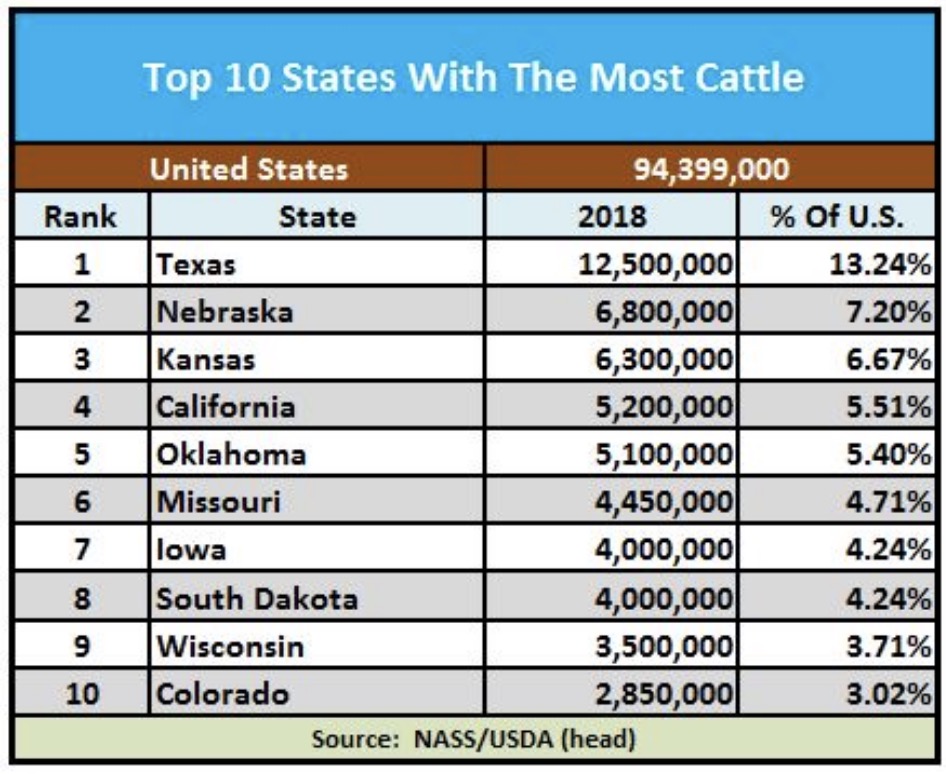
The top 10 states with the most beef cows account for roughly 59% of the inventory in the US.
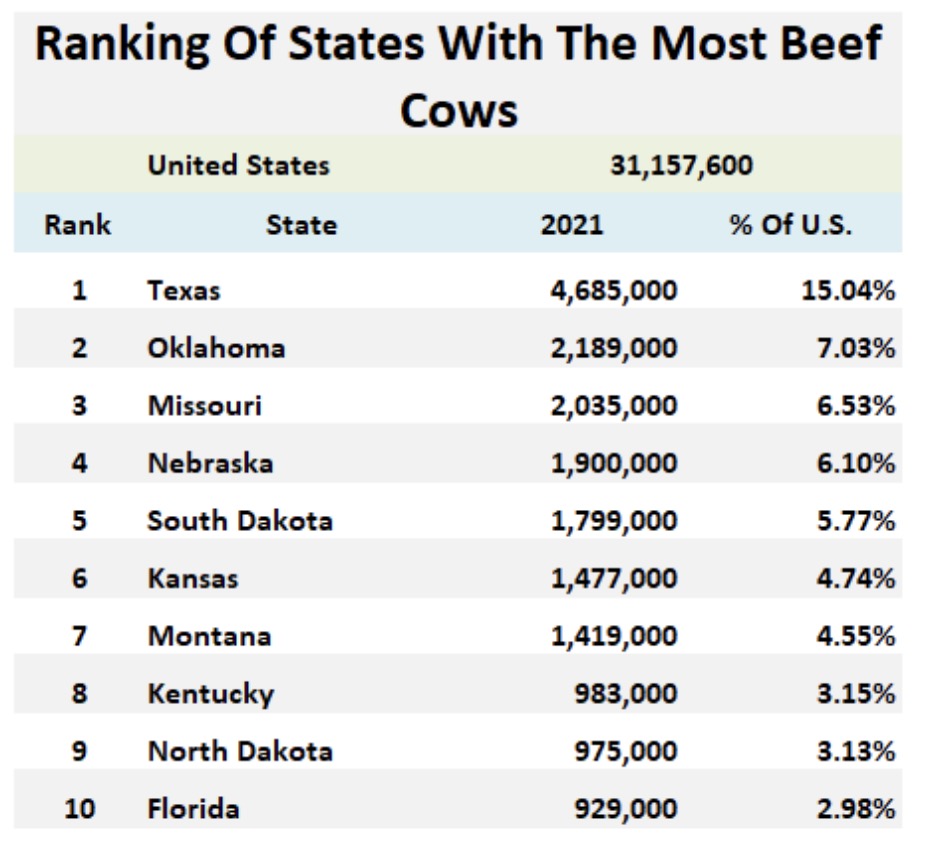
Is The USDA “Protecting The Nation’s Food Supply and Public Health?”
Does this statement by the USDA add up? Is putting a BSL-4 animal disease research facility in the middle of the meat belt a wise idea? The GAO and numerous others certainly don’t think so. Do the USDA, World Economic Forum, and countless other organizations and government arms have other motivations?
The USDA’s prominent footer on their website, certainly reveals some of their motives, including “climate smart food.” They want to “transform America’s food system.” Sometimes, they tell it exactly like it is.
USDA touches the lives of all Americans each day in so many positive ways. In the Biden-Harris Administration, USDA is transforming America’s food system with a greater focus on more resilient local and regional food production, fairer markets for all producers, ensuring access to safe, healthy and nutritious food in all communities, building new markets and streams of income for farmers and producers using climate smart food and forestry practices, making historic investments in infrastructure and clean energy capabilities in rural America, and committing to equity across the Department by removing systemic barriers and building a workforce more representative of America.
One way they want to “transform America’s food system” is through gene editing and lab grown meat. In 2018, the USDA and National Institute of Food and Agriculture (NIFA), released their competitive grants announcement. One priority program area was (pgs 58-59):
Technologies and scientific advancements of interest include, but are not limited to, gene editing; gene drives; the analysis of big data, and tools and approaches for collecting big data from agricultural producers; agricultural nanotechnology, and unconventional sources of protein (e.g., lab-grown meat).
They go on to say, “Technologies such as gene drives and genome editing, big data, nanotechnology, and lab grown meat, have tremendous capability in shaping the future of agriculture, requiring the scientific community to develop effective means of communicating and engaging with the public.”
Is this how Americans want them to “shape the future in agriculture?” Perhaps it’s time for Americans to get more involved in what is happening with the food supply chain, control over our farmers and ranchers, protesting a BSL-4 lab in the middle of the meat belt, paying attention to what is going on in this country, and getting vocal about it.
This report was researched and written by Corey Lynn of Corey’s Digs for The Solari Report.



Subscribe to Corey’s Digs so you don’t miss a Dig!






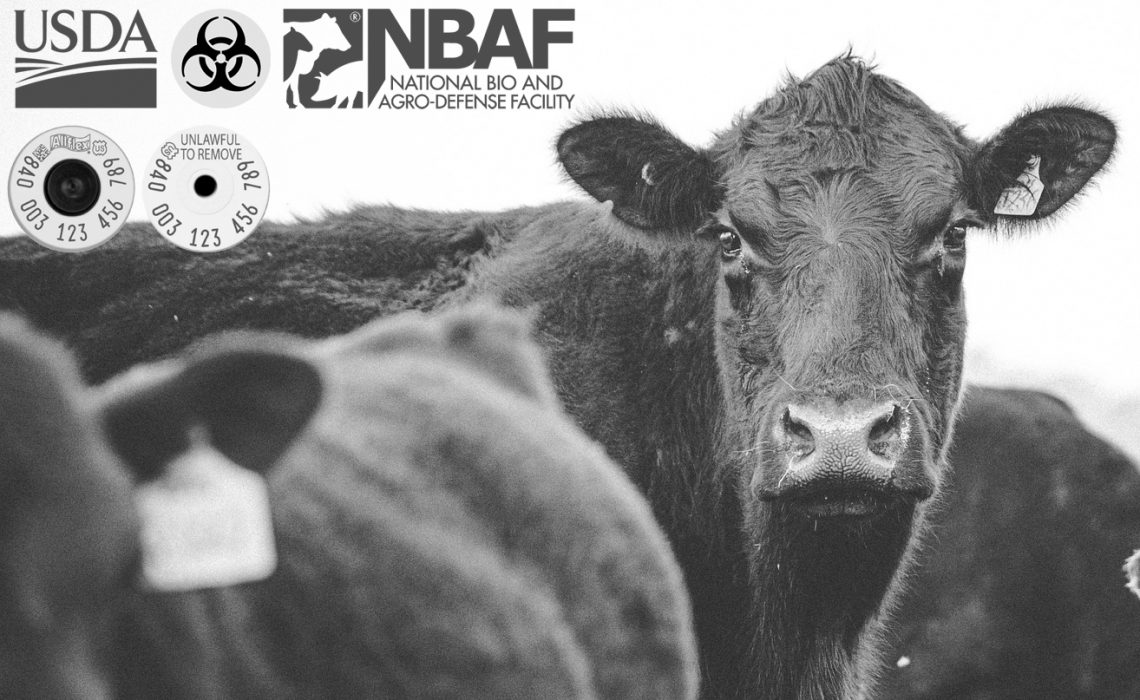

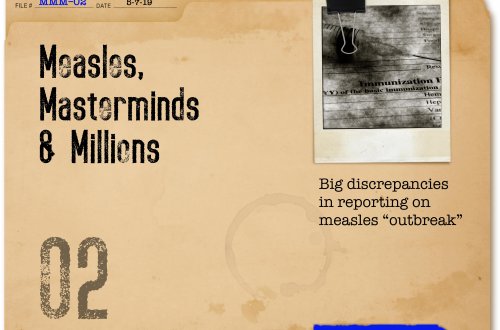


8 Comments
gritzle75
The synthetic spiked protein in the Covid19 vaccines has a prion domain which will cause prion disease (aka Mad Cow Disease:
Could the Next Global Crisis in 2022-23 be a Prion (Mad Cow Disease) Pandemic?
https://gumshoenews.com/2021/04/27/could-the-next-global-crisis-in-2022-23-be-a-prion-mad-cow-disease-pandemic/
The World Economic Forum wants to eliminate meat from the human diet and have us get our protein from insects. They can blame the outbreak in humans of prion disease caused by the vaccines on cattle and slaughter entire herds.
Katherine Jo Maddux
Right smack dab in the middle of tornado alley…..what could go wrong? These bast-ards are sick. I kind of heard that it was being moved there a couple years ago. I thought it was already done! I’m so sick of all this evil. I use that term now more than ever. Because that is what it is. Thanks Corey for your informative posts. I really enjoy the read! Peace ✌
Lisa Brennan
Hello Corey, after reading your article about cow disease research, I tried to forward it to Representative Devin Nunes, Cattle, Farmer, advocate in California, whose been on Fox News Channel, and could help stop this sort of evil research. Unfortunately, it would not go through. So, I will try calling his office tomorrow. Thanks for being so good at what you do
Debbie Sherrill
@GRITZLE75 It’s amazing to read your comment as just the other day my husband and I watched a movie that was recommended by one that I follow. The name of the movie is CELL. As we watched what happened to the minds of the people simultaneously, my husband turned to me and said “This looks like what “could” happen to people who have had the “jab”. In the movie the mobile device represented a receiver of sorts and those who had an active mobile device were sent a signal that instantly turned everyone who’s phone was on into Zombies, with the exception of those who’s phone batteries were dead or their phone was turned off. I have seen videos lately of people showing themselves as magnetic (Receiver?) since their jab. How about that. This article could be the substance of a Steven King movie except it is real life.
Donnie
It’s funny they want to put this LAB in the middle of tornado alley.
Rebecca Denhoff
I am a farmer with sheep and cattle. I can tell you that independent large and small producers will buck this system. The operative word “independent” means not part of big ag. That said, farmers and ranchers in this nation are mostly rugged individualists, who are suspicious of the USDA and the government. Most are onto the tracing and tracking schemes. Alternate forms of business will be sought. Hopefully farmers/ranchers will begin to know the end consumer of their products and vice versa.
Locating such a lab in our heartland at the epicenter of our cattle markets is cunningly evil. People should be picketing the USDA and Aphis in Kansas. Mad Cow Disease is also very dangerous and frequently fatal to humans. Another culling operation??
Let those Nazi madmen at Davos eat the insects.
L. Mcabirac
Thank you for bringing this vital topic to our attention, and I hope you’ll continue to do follow-ups so that the subject isn’t permitted to languish in obscurity.
Nicole
I’m late finding this article but thank you for writing it.
We recognize tyranny when we are the victims but justify our actions when we oppress and exploit others for our benefit.
We have all been indoctrinated for decades into believing industry practices are normal and necessary when they simply are not.
Why do we talk of love and freedom and spirituality but exclude those whose bodies differ from ours?
In the world we create, I hope people reflect on that and grant peace and freedom as a birthright – not just a human right.
All animals need and deserve freedom and shelter, space and family.